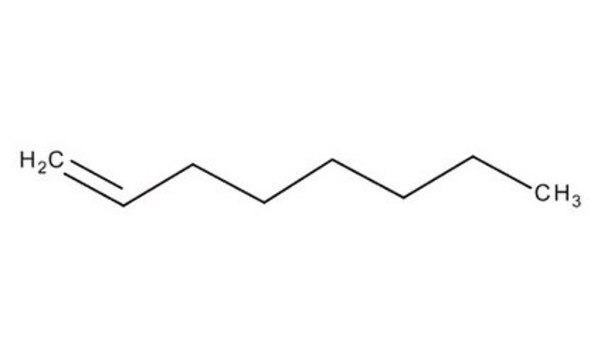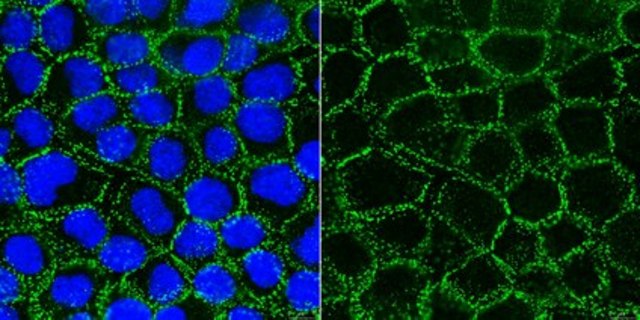All Photos(1)
About This Item
Linear Formula:
CH3(CH2)10CH=CH2
CAS Number:
Molecular Weight:
182.35
Beilstein:
1744660
EC Number:
MDL number:
UNSPSC Code:
12352100
PubChem Substance ID:
NACRES:
NA.22
Recommended Products
Quality Level
Assay
96%
refractive index
n20/D 1.432 (lit.)
bp
232-233 °C (lit.)
mp
−23 °C (lit.)
density
0.766 g/mL at 25 °C (lit.)
SMILES string
CCCCCCCCCCCC=C
InChI
1S/C13H26/c1-3-5-7-9-11-13-12-10-8-6-4-2/h3H,1,4-13H2,2H3
InChI key
VQOXUMQBYILCKR-UHFFFAOYSA-N
Looking for similar products? Visit Product Comparison Guide
Related Categories
Signal Word
Danger
Hazard Statements
Precautionary Statements
Hazard Classifications
Asp. Tox. 1
Supplementary Hazards
Storage Class Code
10 - Combustible liquids
WGK
WGK 2
Flash Point(F)
174.2 °F
Flash Point(C)
79 °C
Personal Protective Equipment
dust mask type N95 (US), Eyeshields, Gloves
Choose from one of the most recent versions:
Already Own This Product?
Find documentation for the products that you have recently purchased in the Document Library.
[Substance toxicity and danger].
L V Mel'nikova
Gigiena i sanitariia, (1)(1), 94-94 (1981-01-01)
Qing-He Zhang et al.
Journal of chemical ecology, 30(9), 1849-1870 (2004-12-14)
Gas chromatographic-electroantennographic detection (G3C-EAD) experiments showed that antennae of males and females of the goldeneyed lacewing, Chrysopa oculata Say (Co. = Chrysopa), consistently responded to four compounds extracted from the abdominal cuticle of males:nonanal, nonanol, nonanoic acid, and (1R*,2S*,5R*,8R*)-iridodial. These
Sven Geiselhardt et al.
Die Naturwissenschaften, 95(3), 247-251 (2007-09-28)
Males of the genus Parastizopus (Coleoptera: Tenebrionidae) exhibit a special pheromone-emitting behaviour. They do a headstand, expose the aedeagus and remain in this posture for a few seconds. The pheromone emitted by P. transgariepinus was collected by solid-phase micro-extraction (100
Our team of scientists has experience in all areas of research including Life Science, Material Science, Chemical Synthesis, Chromatography, Analytical and many others.
Contact Technical Service








